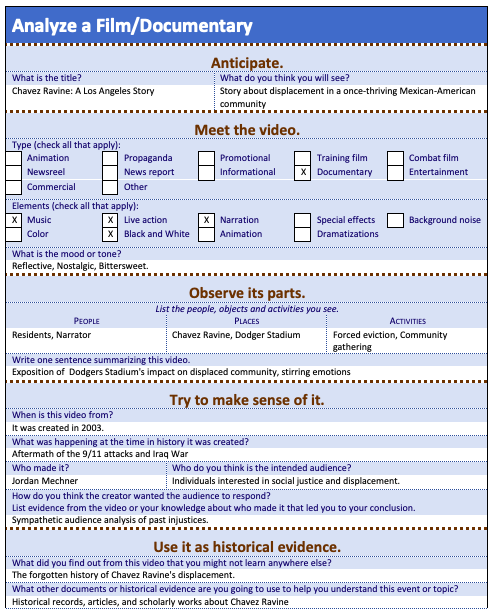Introduction
The moving documentary “Chavez Ravine: A Los Angeles Story,” helmed by Jordan Mechner, explores the political underbelly, ravenous avarice, and the unintended consequences of seemingly altruistic intentions. The video painstakingly reveals the depressing tale of Chavez Ravine. This once-thriving Mexican-American community was forced into the background in the 1950s by the massive construction of Dodger Stadium. Don Normark’s moving monochrome shots give the movie its poignancy, and the moving musical selections heighten the emotional tempo and serve as a powerful reminder of the long-lasting wounds that displacement leaves on close-knit communities.
Plot Description
The documentary painstakingly unearths the heartbreaking tragedy contained within the boundaries of Chavez Ravine, a small neighborhood set atop a hill with views of Los Angeles’s downtown. The year 1949 witnessed the dramatic developments that occurred when the community—which was supposedly intended to be the recipient of low-income public housing—was subjected to the coercive powers of forced eviction (Mechner). But the shadowy hope of a bright future evaporated quickly. Dodger Stadium—a towering feat of sportsmanship—rose in its place, destroying the last trace of a once-thriving neighborhood.
Description of Characters
The people in “Chavez Ravine: A Los Angeles Story” are not actors playing roles; instead, they are the real people who live in Chavez Ravine and have been captured in unforgettable images by Don Normark. The story’s core is formed by their faces, frozen in time, and their unspoken tales; Cheech Marin provides his voice to express the sincere grief and genuine feelings of a community robbed of its home (Mechner). The movie skillfully moves across a range of emotions, balancing the enduring suffering resulting from the sudden breakup of the beloved Chavez Ravine community and the poignant nostalgia for a bygone age.
Themes
The video explores broken promises, political deceit, and the unexpected consequences of urban expansion via the genuine dialogue of the displaced people. It is a narrative that serves as a warning, making viewers consider the moral ramifications of placing advancement ahead of community preservation.
Storytelling and Visual Effects
Through moving dialogue, the film’s history paints a realistic historical picture infused with the anguish of loss, nostalgic overtones, and the tenacity of the dispossessed (Mechner). The cinematography of Don Normark, which skillfully blends the vividness of Chavez Ravine’s past with the eerie emptiness left in its path of destruction, emerges as a crucial component. Thoughtfully placed against modern images, Normark’s black-and-white photos create a visual narrative that cuts beyond the boundaries of time and place.
Soundtrack
The emotional intensity of “Chavez Ravine: A Los Angeles Story” is demonstrated by the musical score composed by Ry Cooder and Lalo Guerrero. With its eerie tunes, the soundtrack becomes a vital element that blends in with the story and provides a moving background that cuts across time.
Memorable Scenes
As previous inhabitants congregate around a card table covered in Don Normark’s pictures, one of the movie’s most iconic sequences plays out. From yells to sobs, the unfiltered, visceral responses captured the intense emotional burden of the suffering community in this instant (Mechner). I selected “Chavez Ravine: A Los Angeles Story” because of its gripping portrayal of historical injustice, the human cost of displacement, and the film’s potent narrative enhanced by striking images and a melancholic soundtrack.
Conclusion
Cheech Marin narrates the moving documentary “Chavez Ravine: A Los Angeles Story,” directed by Jordan Mechner. The film captures the voices of the people living in Chavez Ravine truthfully, highlighting the hurt caused by dishonesty and broken promises. It creates a potent narrative and serves as a warning on the effects of urban development through a careful blending of speech, cinematography, and a dynamic soundtrack.
Works Cited
“Chavez Ravine: A Los Angeles Story.” YouTube, uploaded by Jordan Mechner. 2020. Web.
